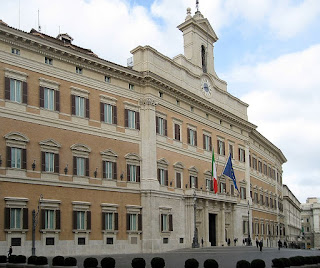NEW - Antonia Pozzi - poet
Tragic writer whose work was published only after her death
The poet Antonia Pozzi, who came to be regarded as one of the greatest Italian poets of the 20th century, was born on this day in 1912 in Milan. Born into a wealthy family, she enjoyed a privileged lifestyle but seemingly a difficult relationship with her parents. She kept diaries and began to write poems as a teenager, although none came to light until she died in tragic circumstances at the age of just 26. Afterwards, her notebooks were found to contain more than 300 poems, which revealed her to be one of the most original voices in 20th century Italian literature. Most have subsequently been published, to great critical acclaim. The daughter of Roberto Pozzi, a prominent Milan lawyer, and his aristocratic wife, Countess Lina Cavagna Sangiuliani, Antonia’s literary talent may have been inherited from her great-grandfather on her mother’s side, the 19th century poet and writer, Tommaso Grossi. As a teenager, she had multiple interests, studying German, English and French and travelling both within Italy and further afield, to France, Austria, Germany, England, Greece and North Africa, always indulging her love of photography. Read more…
_______________________________________
Isabella d’Este – Marchioness of Mantua
‘The First Lady of the world’
Isabella d’Este, who was a leading cultural and political figure during the Renaissance, died on this day in 1539 in Mantua. She had been a patron of the arts, a leader of fashion, a politically astute ruler and a diplomat. Such was her influence that she was once described as ‘the First Lady of the world’. Her life is documented by her correspondence, which is still archived in Mantua. She received about 28,000 letters and wrote about 12,000. More than 2000 of her letters have survived. Isabella grew up in a cultured family in the city of Ferrara. Her father was Ercole I d’Este, Duke of Ferrara, and her mother was Eleanor of Naples. She received a classical education and had opportunities to meet famous scholars and artists. She was reputed to have frequently discussed the classics and affairs of state with ambassadors who came to the court. When Isabella was just six years old she was betrothed to Francesco, the heir to the Marquess of Mantua. At the age of 15 she married him by proxy. He had succeeded his father and become Francesco II and she became his Marchioness. In 1493 Isabella gave birth to a daughter, Eleonora, the first of her eight children. Read more…
________________________________________
Pierluigi Collina - football referee
Italian arbiter seen as the best in game's history
Pierluigi Collina, arguably the best and certainly the most recognisable football referee in the history of the game, was born on this day in 1960 in Bologna. Collina, who was in charge of the 1999 Champions League final and the 2002 World Cup final, was named FIFA's referee of the year for six consecutive seasons. He was renowned for his athleticism, his knowledge of the laws of the game and for applying them with even-handedness and respect for the players, while using his distinctive appearance to reinforce his authority on the field. Standing 1.88m (6ft 2ins) tall and with piercing blue eyes, Collina is also completely hairless as a result of suffering a severe form of alopecia in his early 20s, giving him an intimidating presence on the field. Growing up in Bologna, the son of a civil servant and a schoolteacher, Collina shared the dream of many Italian boys in that he wanted to become a professional footballer. In reality, he was not quite good enough, although he was a decent central defender who played amateur football to a good standard. When he was 17 and at college, he was persuaded to take a referee's course and displayed a natural aptitude. Read more…
________________________________________
Benvenuto Cellini – sculptor and goldsmith
Creator of the famous Perseus bronze had a dark history
The colourful life of the Renaissance artist Benvenuto Cellini ended on this day in 1571 with his death in Florence at the age of 70. A contemporary of Michelangelo, the Mannerist Cellini was most famous for his bronze sculpture of Perseus with the Head of Medusa, which still stands where it was erected in 1554 in the Loggia dei Lanzi of the Piazza della Signoria in Florence, and for the table sculpture in gold he created as a salieri - salt cellar - for Francis I of France. The Cellini Salt Cellar, as it is generally known, measuring 26cm (10ins) by 33.5cm (13.2ins), is now kept at the Kunsthistorisches Museum in Vienna, with an insurance value of $60 million. His works apart, Cellini was also known for an eventful personal life, in which his violent behaviour frequently landed him in trouble. He killed at least two people while working in Rome as a young man and claimed also to have shot dead Charles III, Duke of Bourbon, during the 1527 Siege of Rome by mutinous soldiers of the Holy Roman Emperor, Charles V. Cellini was also imprisoned for alleged embezzlement of the gems from the tiara of Pope Clement VII. Read more…
______________________________________
Fire at Teatro di San Carlo
Royal theatre reopens quickly after blaze
Fire broke out during a dress rehearsal for a ballet at Teatro di San Carlo in Naples on this day in 1816. The flames spread quickly, destroying a large part of the building in less than an hour. The external walls were the only things left standing, but on the orders of Ferdinand IV, King of Naples, the prestigious theatre was rebuilt at once. It was reconstructed following designs drawn up by architect Antonio Niccolini for a horseshoe-shaped auditorium with 1,444 seats. A stunning fresco was painted in the centre of the ceiling above the auditorium depicting a classical subject, Apollo presenting to Minerva the greatest poets of the world. The rebuilding work took just ten months to complete and the theatre reopened to the public in January 1817. Teatro di San Carlo had opened for the first time in 1737, way ahead of Teatro alla Scala in Milan and La Fenice in Venice. Built in Via San Carlo close to Piazza del Plebiscito, the main square in Naples, Teatro di San Carlo had quickly become one of the most important opera houses in Europe, known for its excellent productions. The original theatre was designed by Giovanni Antonio Medrano for the Bourbon King of Naples, Charles I, and took only eight months to build. Read more…
Booking.com

.jpg)

.jpg)
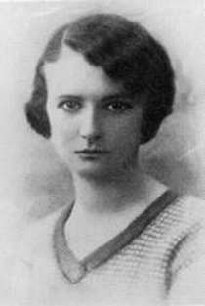
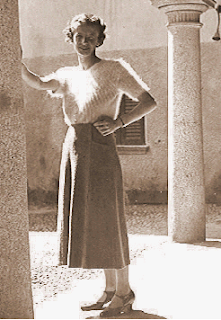
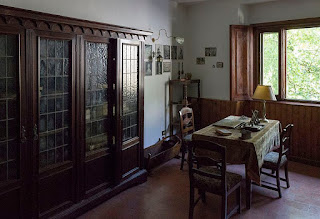
.JPG)


.png)
.jpg)


.jpg)





.PNG)
,_1460-1480_ca..JPG)




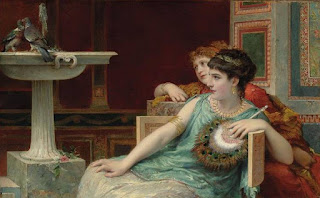
.jpg)
